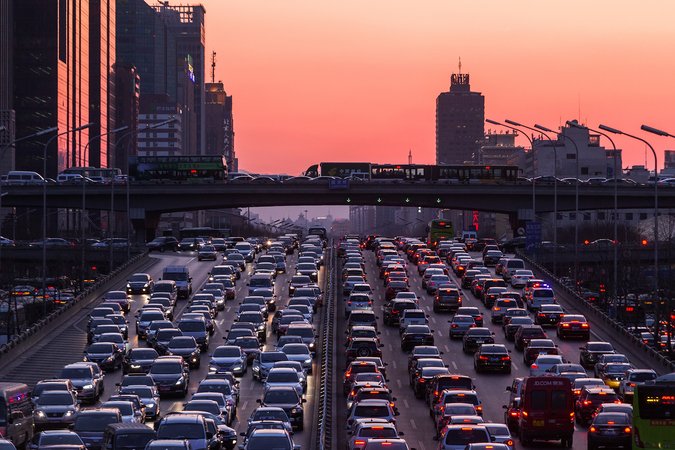Aviation, Carbon, and the Clean Air Act
DownloadThis paper explores the policy options available to the United States for regulating greenhouse gas emissions from aircraft under existing law: the Clean Air Act (CAA). Europe has unilaterally and controversially moved to include aviation emissions in its Emissions Trading System. The United States can, however, allow its airlines to escape this requirement by imposing “equivalent” regulation. U.S. aviation emissions rules could also have significant environmental benefits and would limit domestic emissions beyond the reach of the European Union. With new legislation unlikely, the CAA is the only plausible vehicle for such regulation. Title II Part B of the CAA does grant EPA broad regulatory authority over aviation emissions, though this authority has not been used aggressively. EPA could impose meaningful aviation GHG limits and, by using performance standards, give airlines incentives to creatively comply. It might further be possible to allow some forms of emissions trading, though the law is unclear. Emissions by foreign airlines in the United States could be covered under the act, though international law might impose barriers.




